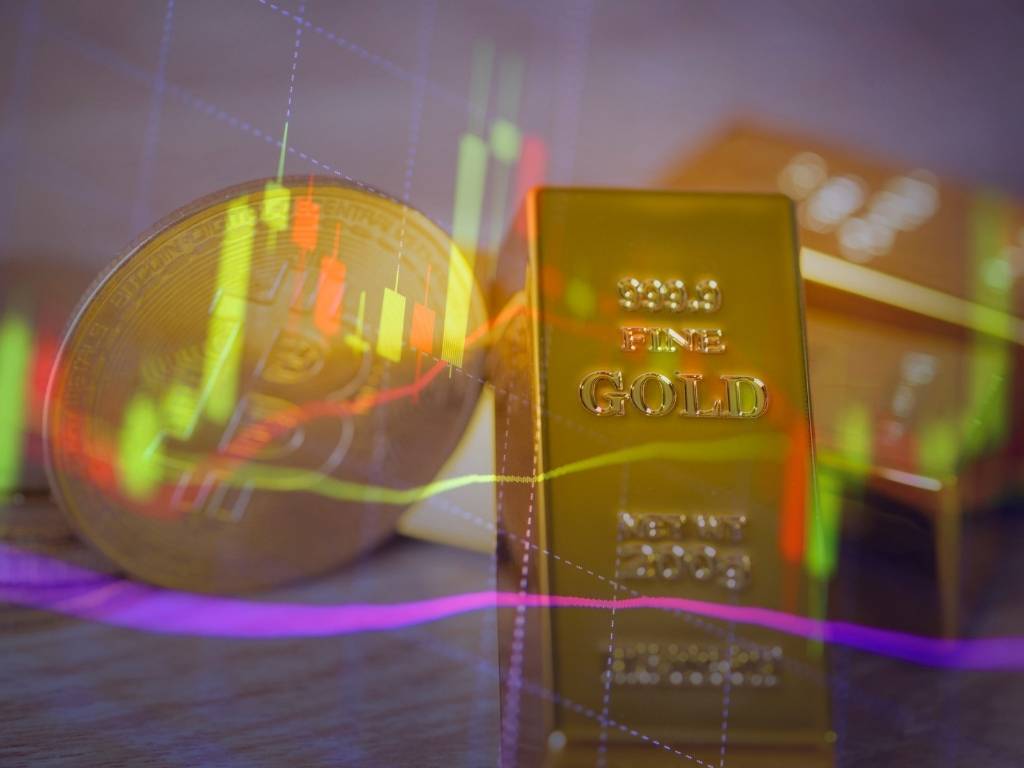As 2025 approaches its final quarter, global markets are witnessing a notable decline in gold & silver rates after an extraordinary rally earlier in the year. Both precious metals had surged to record highs, captivating investors worldwide. However, recent market trends show sharp corrections that have prompted investors and analysts to pay close attention to the underlying factors driving this downturn.
Understanding these factors is essential for anyone tracking precious metals, whether for investment, trading, or economic insight. This article explores the key reasons behind the possible decline in gold & silver rates in late 2025 and what they mean for the global market.
Profit-Taking After Record Highs
One of the most immediate drivers of the recent decline in gold & silver rates is a wave of profit-taking by investors. After months of sustained growth—gold prices soared by nearly 55%, and silver experienced similar surges—many investors began locking in gains. Institutional investors, in particular, reduced holdings in gold-backed ETFs, signaling a shift from bullish momentum to cautious repositioning.
This phase of profit-booking often follows significant rallies, where prices become technically overstretched, leading traders to realize profits and rebalance portfolios.
Strengthening U.S. Dollar Impact
The U.S. dollar plays a pivotal role in the pricing dynamics of precious metals. A stronger dollar makes gold & silver more expensive for holders of other currencies, decreasing their relative demand. Recently, the U.S. dollar has gained strength for several sessions in a row, driven by positive economic data and market optimism over trade policies.
As a result, the strengthened dollar has dampened the appeal of precious metals as alternative assets, contributing substantially to the recent price correction.
Easing Geopolitical Tensions and Trade Optimism
Geopolitical uncertainty often boosts demand for safe-haven assets like gold and silver. However, recent developments, including positive signals around U.S.-China trade discussions and de-escalation in global conflicts, have reduced the urgency to seek these metals as protective investments.
Investor confidence has improved with prospects of trade agreements and a calmer geopolitical environment, shifting funds away from traditional safety nets toward riskier assets like equities.
Changes in Interest Rate Expectations
Interest rates set by central banks directly influence gold and silver prices. Rising interest rates increase the opportunity cost of holding non-yielding assets such as precious metals. Markets have seen shifts in expectations regarding Federal Reserve policies, with indications of interest rate hikes or pauses now affecting market sentiment.
Higher or stable rates encourage investors to seek yield-bearing assets, which can lead to decreased demand for gold & silver, hence pushing prices downward.
Supply and Demand Dynamics
Silver, in particular, has experienced unique market stress due to supply constraints coupled with strong industrial demand, especially in sectors like solar energy and electronics. In 2025, unprecedented demand drained inventories, leading to short-term volatility. However, as market pressure eases and inventories stabilize, prices have started correcting from their peak highs.
Gold supply dynamics, impacted by mining output and central bank purchases, also influence pricing. Recent shifts in central bank policies and stronger dollar effects have tempered buying enthusiasm, affecting gold’s supply-side support.
Seasonal and Market Sentiment Factors
Seasonal buying patterns, such as Indian festivals influencing demand for precious metals, have played a role in price movements. After the festival season, demand tends to taper off, contributing to softer prices. Additionally, changing investor sentiment—moving from a risk-off to a risk-on environment—favors stocks and bonds over precious metals.
The blend of these factors fuels the ongoing decline in gold & silver rates as market participants adjust to evolving global conditions.
Conclusion
The decline in gold & silver rates in late 2025 stems from a combination of profit-taking, a strengthening U.S. dollar, easing geopolitical tensions, changing interest rate forecasts, supply and demand factors, and seasonal influences. While these metals have demonstrated resilience as safe havens through challenging economic times, the current environment encourages a recalibration of their valuations.
Investors and observers should monitor geopolitical developments, central bank policies, and currency trends closely, as these will continue to guide precious metals pricing in the coming months. Despite the recent correction, underlying economic conditions and market behaviors suggest that gold & silver will remain integral components of global investment portfolios, albeit with increased volatility.

